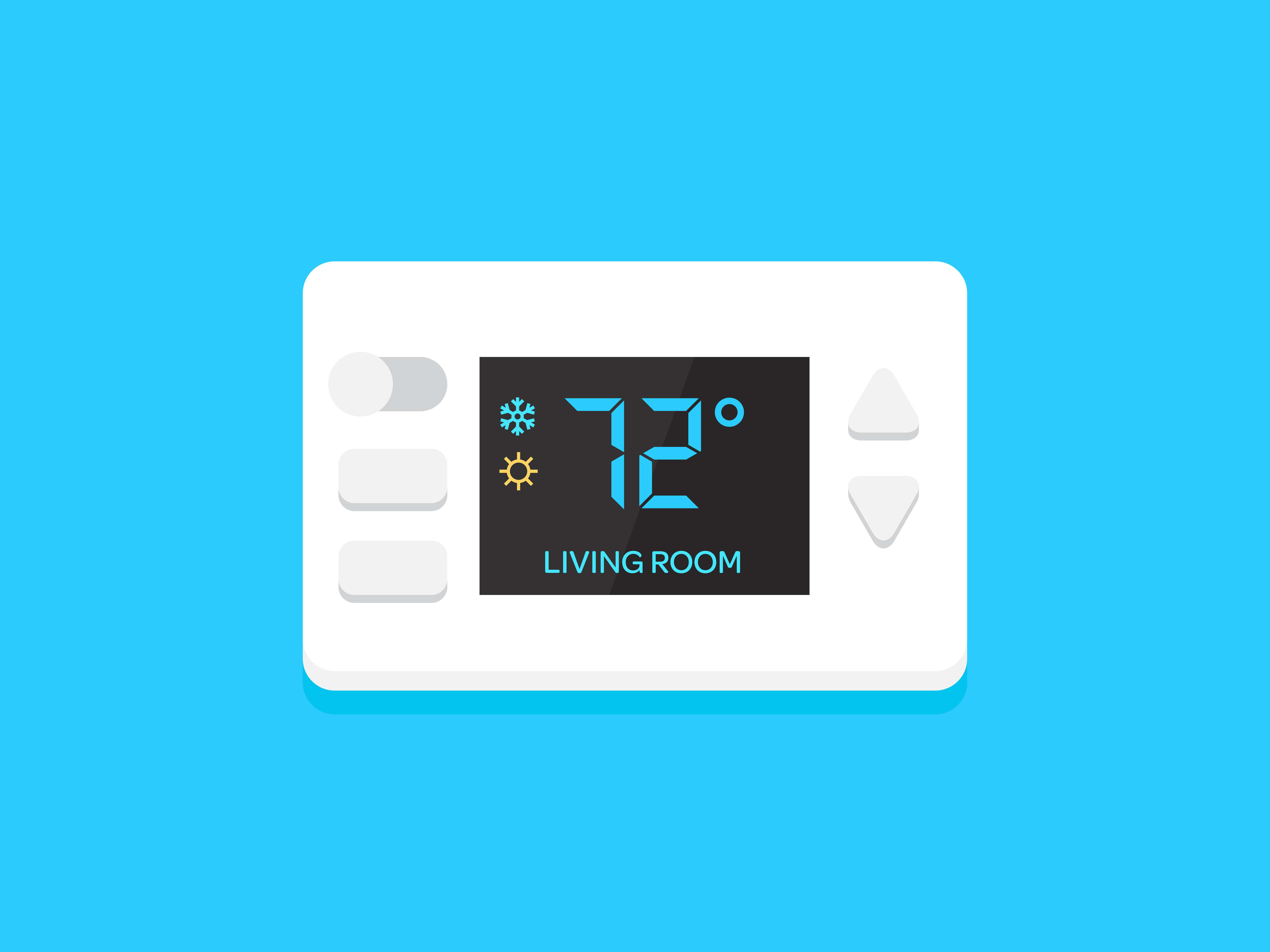How To Approach Home Energy Efficiency Improvements

01/26/2021
Are you finding that certain rooms in your home are colder in the winter or hotter in the summer than the rest of your home? Are you wondering how to reduce your home energy bill? Now that your family is spending more time at home, are you looking for ways to improve the comfort of your home? If the answer to any of these questions is yes, investing in the energy efficiency of your home would be an excellent investment. These types of investments can provide extensive cost savings every year for as long as you live in your house, and make your home more comfortable.
Cosmetic home improvements such as new paint, flooring, cabinet upgrades and fixture replacements are usually easy to identify and therefore easy to know when they should be fixed and upgraded. Energy efficiency issues, however, are often hidden within the walls, attics, or crawl spaces and basements with no useful, visual clues to let you know what should be corrected. In addition to the “hidden” nature of these issues, it’s also harder to know which energy-efficient home improvements would make the biggest impact to your home’s energy consumption and comfort. One of the best ways to save energy is by checking if your home has sufficient attic insulation. If you have less that the recommended amount of insulation for your area of the country, adding blown-in attic insulation is usually the best place to start.
The main question to ask yourself is, would the cost of this energy efficiency upgrade, such as air sealing or improved insulation, lead to significant energy efficiency? The best way to answer that question is to start with a home energy audit performed by a building energy expert.
How To Find the Best Ways To Save Home Energy
Just like your car, your home is a complex, integrated system that includes the furnace, central air conditioner, ductwork, air sealing, ventilation and many more. And just like a certified auto technician, a certified building energy expert has the knowledge and tools to troubleshoot the performance of these systems in your home. They will determine where improvements can be made that will provide the best return on your investment for reducing your energy bill and improving comfort.

With a Blower Door Test and a Thermal Camera, the building energy expert can identify areas that lack sufficient insulation. These tools can also provide a picture of where the heated (or cooled) air is escaping your home and how large the leak is.
How To Get The Work Done
The home energy audit report provided by the expert can be used to prioritize the energy efficiency improvements in your home. Some upgrades may be done on your own and some should be done a trained professional. These projects could be scheduled based on your budget, amount of projected savings and/or coordinated with other events such as cosmetic remodeling projects.
Track The Home Energy Efficiency Results
Be sure to record and track your energy consumption prior to making any changes, throughout the project, and upon completion of the various home energy efficiency improvements. It might take some time to see noticeable results due to typical variations in weather. Rest assured, correcting air flow leakage, under insulated areas or guaranteeing the HVAC ducting system is performing optimally will help make a home feel more comfortable in every season.
How To Reduce Your Energy Bill
In the end, the goal is to make sure you and your family feel more comfortable at home. This means using less energy to maintain consistent temperatures, keep out unwanted noise from outside and in between rooms, all while making a positive impact on the environment. Seek out a reputable building energy expert that can use the Blower Door Test and an infrared camera to help identify exactly which home energy efficiency improvements will have the biggest impact on your home’s comfort.
 Here To Help
Here To Help
If you have questions about product or your project, we're glad to help.
